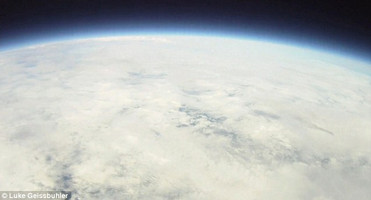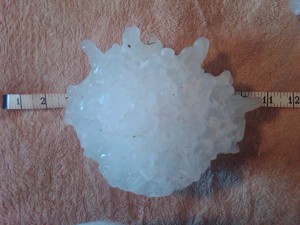
From the southern United States to the mid-Atlantic and New England a major winter storm has had a wide impact in recent days. Some areas of the south recorded their first Christmas snow in decades and as the storm moved further northeast it turned into a major blizzard.
Snow fell as far south as Jacksonville, Florida over the holiday and areas further north recorded moderate snowfall. Huntsville, Alabama saw 6 inches of snow; Raleigh, North Carolina saw 8.5 inches and Gatlinburg, Tennessee recorded 8.0 inches.
Those totals are minimal however to what is being deposited on a large area from New York City to Boston. Central Park has reported 13 inches and Brooklyn 17.5 inches. In New Jersey Atlantic City reported 19.0 inches while Foxboro, Massachusetts has seen 11.5 inches.
- Don’t miss: Amazing time lapse video of East Coast blizzard as it struck New Jersey (Examiner.com)
Travel across the northeastern U.S. came to a standstill as travel by road, rail and air was impacted. Thousands of flights into and out of the area were canceled as airports in New York and New Jersey shuttered. Airlines at Denver International Airport were impacted by the storm and its ripple effect.
The nor’easter was imaged this afternoon by NOAA satellites that provided a birds-eye view of the area before and after the storm.
A furor erupted when the National Football League announced it would postpone the game between the Philadelphia Eagles and Minnesota Vikings and move it to Tuesday. The league cited concerns for fan safety however many were quick to point out that it is highly unusual for the NFL to postpone a game based on snow of any amount.
Pennsylvania Governor Ed Rendell told FOX, “It’s an absolute joke. We’re becoming a nation of wussies.”
 Certainly it is hard to see Denver taking similar measures in the face of a snowstorm.
Certainly it is hard to see Denver taking similar measures in the face of a snowstorm.
We have provided complete coverage of the storm on Examiner.com – Please follow the links below for more details:













